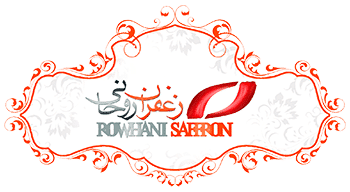The role of culture medium temperature in saffron flowering rate
In a study entitled Locating suitable areas for saffron cultivation in Sabzevar and Torbat-e Heydariyeh counties with a study of climatic factors affecting Ferdowsi University, it is stated: Agricultural sustainability is undoubtedly one of the most important parts of sustainable development today.
Saffron has long been known as a valuable agricultural and export product in Iran and in the public mind, saffron growers are associated with high-income people; Considering that the main reliance of the income of the residents of the villages of Torbat Heydariyeh and Sabzevar is on agricultural products, especially saffron, so in this study, the factors affecting the sustainability of saffron production in these cities have been investigated.
Among agricultural products, saffron is one of the most valuable products that due to its special characteristics, it is possible to expand its production and export; Of all the non-oil products in the agricultural sector, the export of saffron due to its currency on the one hand and the income and employment of the country’s villagers on the other hand doubles the need for its attention.
Often in different parts of the country due to low water requirement of this product and its good adaptation to environmental conditions, they cultivate it; Therefore, in recent years, the area under saffron cultivation, especially in Khorasan Razavi province has increased and many farmers cultivate this crop without considering the appropriate conditions.
In the present study, monthly statistics and information related to the average and minimum temperature in two cities with saffron cultivation in Khorasan Razavi province in a 93-year period and saffron yield in this period were collected.
The results showed that there is a significant relationship between minimum temperature and average temperature and saffron yield in Sabzevar and Torbat Heydariyeh counties, so that for Torbat Heydariyeh and Sabzevar, the minimum temperature can be introduced as a stimulus for saffron flowering.
The results of this study, conducted by Moin Tousan, Amin Alizadeh, Hossein Ansari and Parviz Rezvani Moghaddam, faculty members of Ferdowsi University, have been presented in the Second International Conference on Rural Development.







Get Social